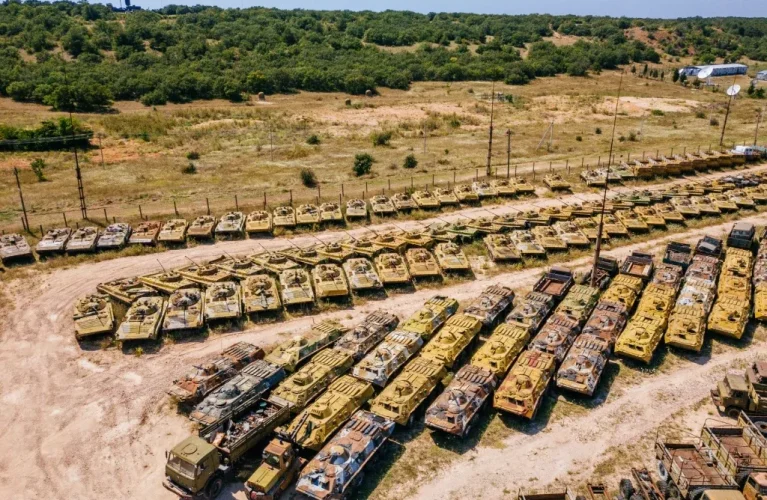Density is a fundamental property of materials that measures the mass per unit volume. It plays a crucial role in various fields, including engineering, construction, and manufacturing. Steel, a widely used alloy, possesses a specific density. However, in certain applications, altering or manipulating the density of steel can be advantageous. This article explores the possibility of modifying the density of steel and its implications in specific applications, with a focus on the 316 stainless steel round bar.
Understanding the Density of Steel
- Definition and significance of density in materials
- The density of steel and its composition
- Comparison of steel density with other materials
Factors Affecting Steel Density
- Chemical composition and alloying elements
- Heat treatment and phase transformation
- Microstructure and grain size
- Cold working and deformation
Techniques for Altering Steel Density A. Alloying and composition adjustments
- Adding light elements to reduce density
- Introducing heavy elements to increase density B. Heat treatment methods
- Annealing for stress relief and reduced density
- Quenching and tempering for increased density C. Control of microstructure and grain size
- Grain refinement for higher density
- Coarse grain formation for lower density D. Cold working and deformation processes
- Cold rolling and forging for increased density
- Cold drawing and extrusion for reduced density
Applications of Manipulated Steel Density A. Aerospace industry
- Lightweight construction and fuel efficiency
- High-density materials for ballast and counterweights B. Automotive sector
- Lightweight vehicle components for improved performance 2. Energy-absorbing structures for enhanced safety C. Construction and infrastructure
- High-density reinforcement for stability and load-bearing capacity
- Low-density steel for architectural purposes D. Medical devices and implants
- Biocompatible and low-density materials for implantation
- High-density alloys for radiation shielding
Case Study: 316 Stainless Steel Round Bar
- Overview of 316 stainless steel
- Manipulating the density of 316 stainless steel round bar
- Applications and advantages of modified density in 316 stainless steel
- Practical considerations and limitations
Conclusion:
While steel possesses a specific density, it is possible to alter or manipulate this property for specific applications. Factors such as chemical composition, heat treatment, microstructure, and deformation techniques can be utilized to modify the density of steel. The ability to control steel density opens up opportunities in various industries, including aerospace, automotive, construction, and medical sectors. The case study of 316 stainless steel round bar demonstrates the practical implications and advantages of manipulating density in a specific steel alloy. By understanding and harnessing the potential of altering steel density, engineers and manufacturers can tailor materials to meet the specific requirements of diverse applications.Top of Form










